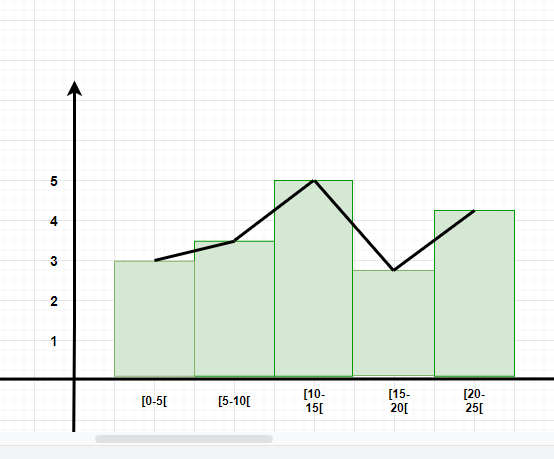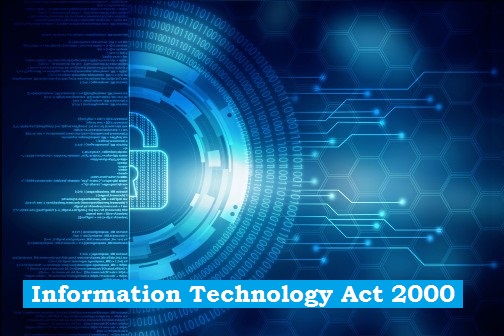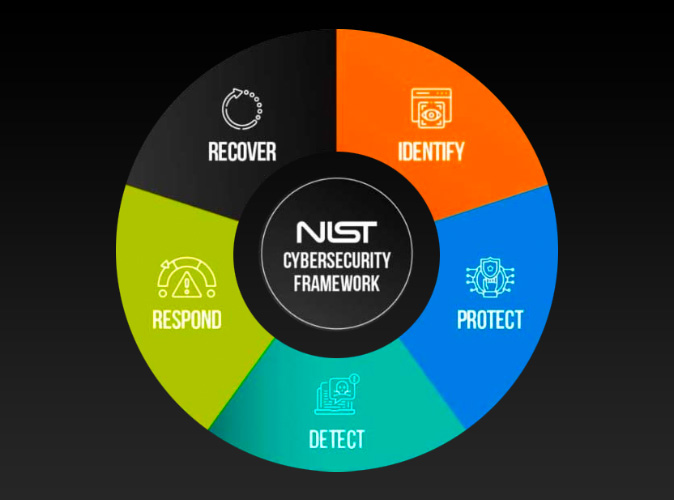Filing Offline Cybercrime Complaint:
In the wake of making a report against the wrongdoing, the first and most critical stage in disconnected mode is to enroll a conventional objection with the Digital Wrongdoing Cell of any purview. In the composed protest, the complainant should give their name, telephone number, and address. The complainant must next address the composed objection to the top of the city’s digital wrongdoing crew. Also, on the off chance that the complainant doesn’t approach any of India’s current digital cells, they can document a FIR at the nearby police headquarters.
On the off chance that the police reject the witness’ web charge, the source may likewise go to the Chief or the Legal Judge. Since some cybercrime offenses are covered by the IPC, as was recently said, one can report a cybercrime at the closest neighborhood police headquarters by documenting a FIR. Regardless of the ward wherein the offense was committed, the cop is committed by Segment 154 of the CrPC to record the subtleties of the offense.











